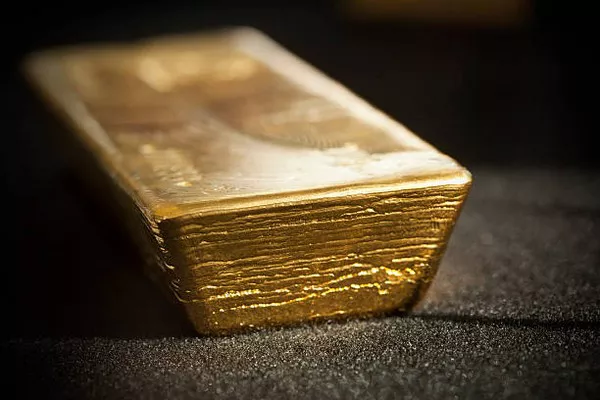Gold has been a symbol of wealth and prosperity throughout human history, captivating the imagination of societies for millennia. Its enduring allure stems not only from its aesthetic appeal but also from its intrinsic value as a precious metal. When discussing the size of gold, one commonly refers to its weight, with the standard unit being the gram. In this article, we will explore what exactly constitutes the size of 1 gram of gold and delve into the significance of this seemingly small quantity in the context of the broader gold market.
The Basics of Gold Measurement
Gold, like many other precious metals, is measured in troy ounces, a unit of measure named after the city of Troyes in France, a major trading city in medieval times. One troy ounce is equivalent to approximately 31.1035 grams, distinguishing it from the avoirdupois ounce commonly used for everyday items. Therefore, when we refer to the size of 1 gram of gold, we are essentially talking about a fraction of a troy ounce.
Visualizing the Size
To understand the size of 1 gram of gold, it is helpful to consider its physical dimensions. Gold is a dense metal, and a gram of gold occupies a relatively small volume. A cube of pure gold measuring one centimeter on each side has a mass of about 19.32 grams. Therefore, 1 gram of gold would be roughly one-fifth of this cube, or a cube with sides measuring around 0.54 centimeters.
Despite its modest size, the value of 1 gram of gold is significant. The market price of gold fluctuates, but at the time of writing, it hovers around $50 to $60 per gram. This means that a cube measuring a little over half a centimeter on each side would be worth around $27 to $32, emphasizing the preciousness of this metal.
Historical Significance
Gold has held a special place in human civilization for centuries, and its value has endured through various economic systems and cultural shifts. The use of gold as a form of currency dates back to ancient civilizations, where it served as a medium of exchange due to its durability, divisibility, and rarity.
The significance of 1 gram of gold becomes even more apparent when considering historical transactions. In ancient times, even small amounts of gold were considered valuable. A single gram of gold might have been sufficient to purchase essential goods and services, highlighting the enduring purchasing power of this precious metal.
Investment and Financial Markets
In contemporary times, gold continues to be a sought-after asset for investors looking to diversify their portfolios. The size of 1 gram of gold becomes crucial in this context, as it allows for more accessible entry into the gold market for a broader range of investors. Gold bars, coins, and jewelry are often traded in smaller denominations, allowing individuals to own and trade fractional amounts of this precious metal.
The size of 1 gram of gold is also relevant in the context of digital gold platforms, where investors can buy and sell gold in small increments online. This democratization of gold ownership enables individuals with varying financial capabilities to participate in the gold market, adding liquidity to the overall ecosystem.
Jewelry and Ornamental Use
Apart from its role as a financial asset, gold has been a preferred material for crafting jewelry and ornamental items throughout history. The size of 1 gram of gold is particularly pertinent in the jewelry industry, where intricate designs often require small amounts of this precious metal. Earrings, pendants, and delicate rings can be made using just a few grams of gold, showcasing its versatility and enduring appeal in the world of fashion and craftsmanship.
Environmental Considerations
While the focus on the size of 1 gram of gold often revolves around its economic and cultural significance, it is crucial to acknowledge the environmental impact of gold mining and extraction. The extraction of gold can result in deforestation, habitat destruction, and the release of harmful chemicals into the environment. As consumers and investors become increasingly conscious of environmental sustainability, the responsible sourcing of gold has gained prominence in the industry.
See Also What’S The Value Of 1 Oz Of Gold? A Time-Tested Investment
Conclusion
In conclusion, the size of 1 gram of gold may seem minuscule in physical terms, but its economic, cultural, and historical significance is immense. From its role as a form of currency in ancient civilizations to its prominence in contemporary investment portfolios and jewelry, gold has maintained its allure over the ages. Understanding the size of 1 gram of gold provides insights into its value and versatility, making it a captivating subject that continues to fascinate and shape our world. As we navigate the complexities of the modern economy and environmental sustainability, the importance of responsible gold sourcing further underscores the need for a balanced and informed approach to the precious metal that has stood the test of time.


